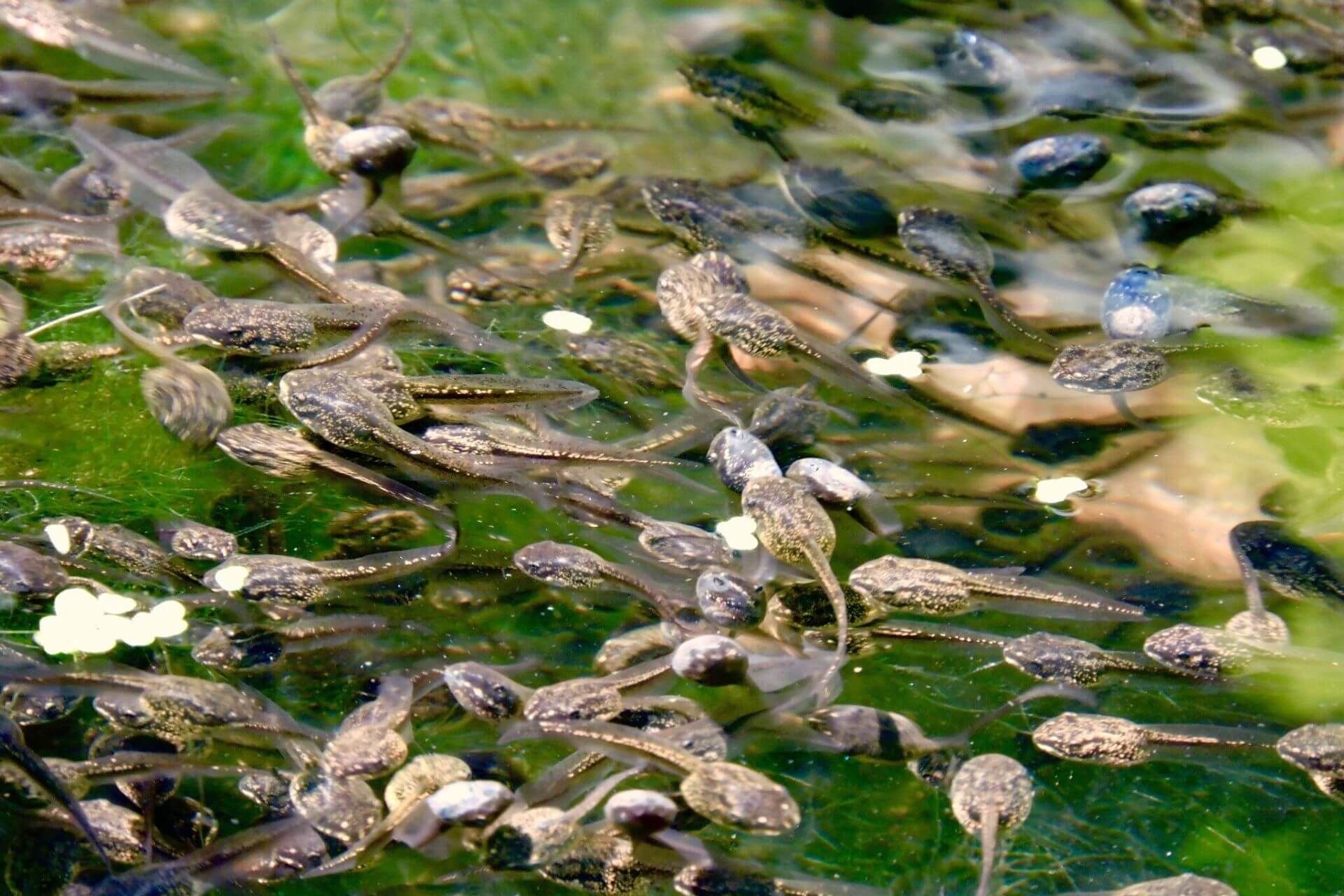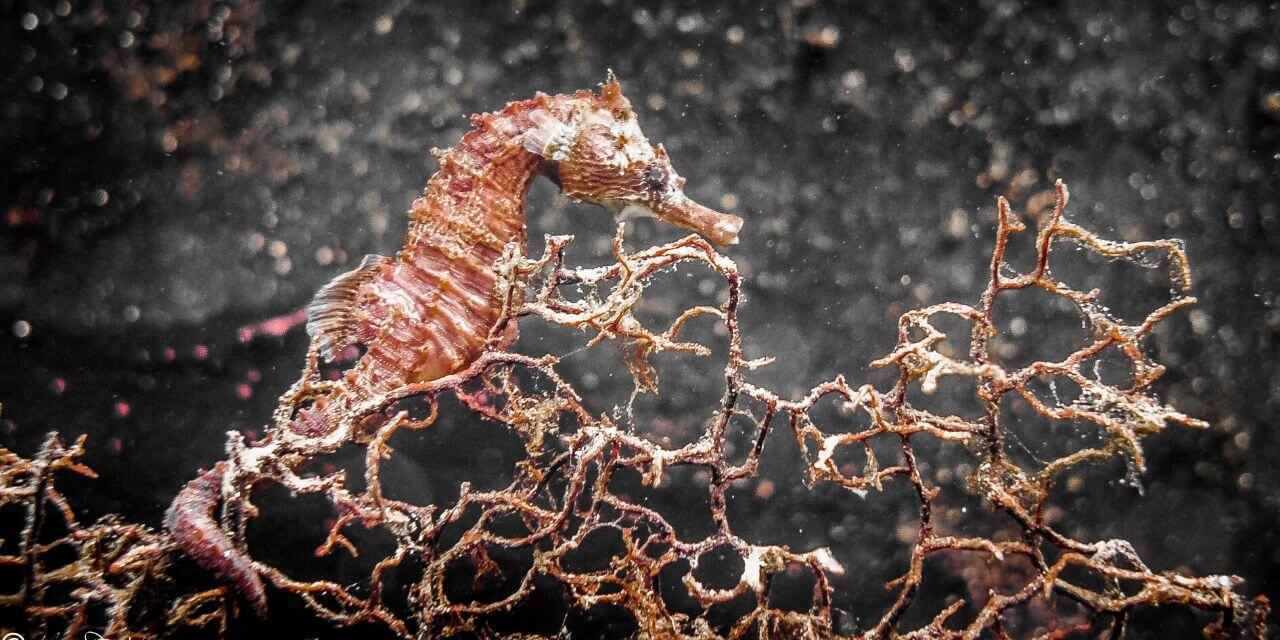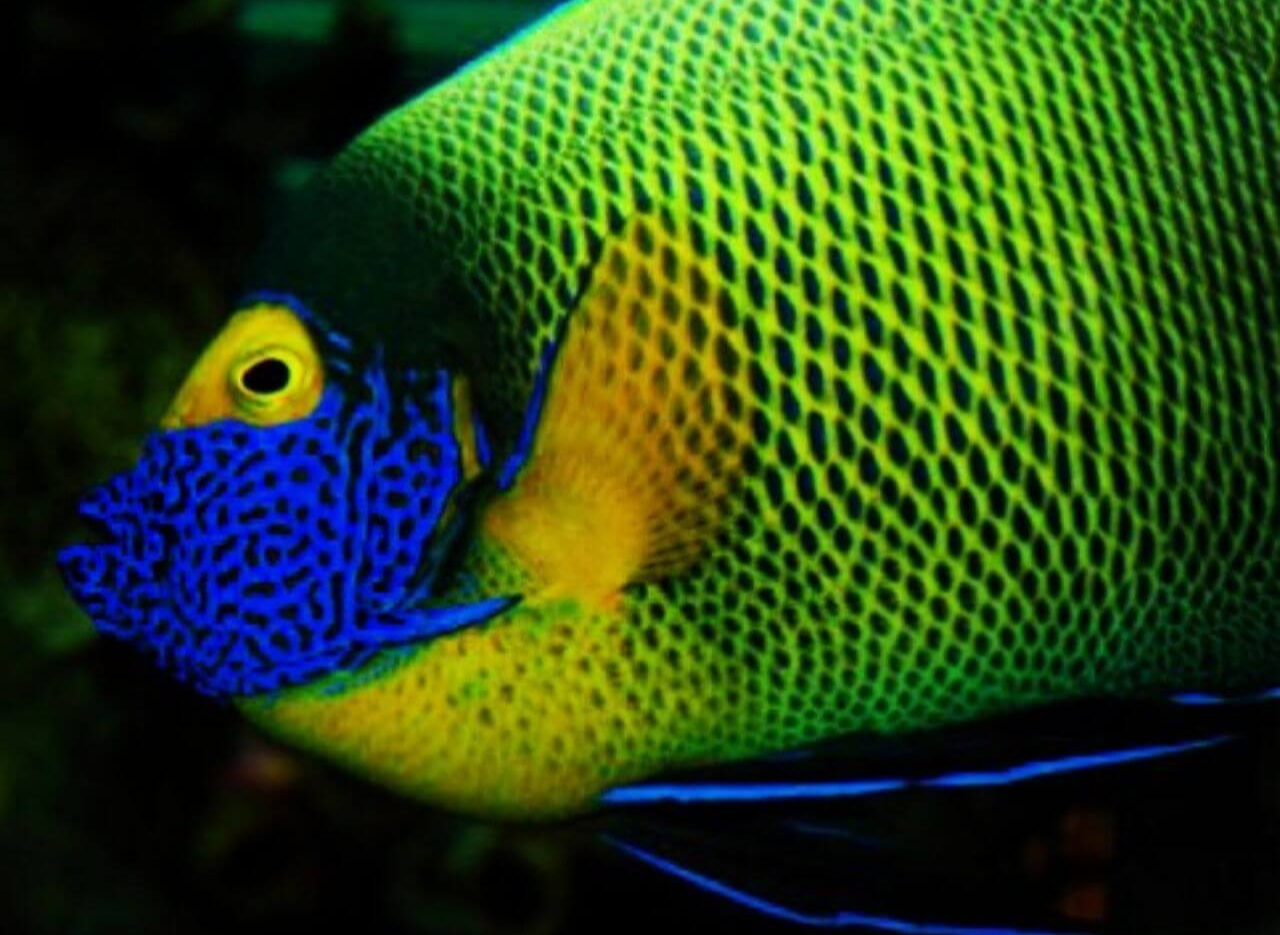While they may look a little different depending on the type of fish, each species has fins instead of arms or legs. Many fish, like sharks and catfish, rely on these fins to make them agile and athletic swimmers to both catch prey and to avoid becoming prey. Other types of fish, like a seahorse or pufferfish, have fins but are not the most impressive swimmers. In fact, if these fish get caught up in a strong current, they can end up in the open ocean. Fish who lack the ability to escape a predator often have to rely on camouflage or toxic defense mechanisms to protect themselves!
Funky Fish | What Makes a Fish a Fish | edZOOcating
Sarah Skebba • May 15, 2020
As an incredibly diverse group of animals, I would think that everyone pictures something different when they picture a fish. Do you picture a colorful, tropical fish exploring a coral reef? Do you picture a largemouth bass in a midwestern lake or maybe a group of carp around a dock? Would it cross your mind to picture a huge whale shark or a majestic southern stingray? What about a long green moray eel? While a whale shark, the world’s largest fish, and a goldfish might not seem to share many characteristics, there is more than what meets the eye!
Fins
Gills
Fish can use their fins to move around their underwater ecosystem and their gills to stay underwater for their whole lives! If you take a deep breath in, you’ll feel your chest and your ribs expand as your lungs fill up with air. This makes us very different from fish who actually don’t have any lungs at all! Instead, they suck in oxygen-rich water through their mouth which then passes over their gills. The gills are covered in tiny blood vessels which do a great job at stealing some of the oxygen from the water and sending it throughout the fish’s body. Who knew fish could “breathe” without any lungs!
Cold-Blooded
Vertebrates
Along with being ectothermic, all fish are vertebrates, or have a bony body structure! Now, some of you may be thinking, what about jellyfish or starfish? Well, I hate to be the one to tell you this, they are actually not true fish! In fact, starfish were recently renamed “sea stars” because they, and jellyfish, are invertebrates. All true fish have a backbone, though in sharks and stingrays, it is not a true bone. Instead they have a “skeleton” made of cartilage like in your nose or ears! Whether it is true bone or cartilage, a true fish must have a hard skeletal structure.
As a true fish lover, I wish I could grow gills and spend hours observing fish in their natural environment. It can be challenging for scientists to learn about fish because, well, we are limited by human characteristics. Accredited aquariums are an amazing resource for scientists to study fish and their behaviors, and they allow normal people like us to see the wonders of the deep ocean. Next time you’re feeling fishy, make sure to find an AZA accredited aquarium to help support fish conservation and to learn the latest about our aquatic neighbors.

Spring days become longer, hotter. Bullfrog stands guard while his tadpoles squirm through a crowded puddle, bumping bodies and breathing the last bit of oxygen. For weeks, Bullfrog protected his tadpoles from perilous predators, all while their puddle home evaporated. He fended off hungry herons, and the puddle shrank. He fended off famished fish, and the puddle shrank. He even fended off other ferocious frogs, and still, the puddle shrank. Most frogs leave their eggs before they become tadpoles, but not Bullfrog. He cares for his tadpoles and the tadpoles of his neighbors. His instincts tell him to save them. Positioning himself between puddle and pond, he smushes and pushes mud to create a narrow path–a tadpole water slide. Slowly at first, then all at once, hundreds of tadpoles slip into the pond. Darting around, they replenish their oxygen and feast on water bugs making this pond their new home.




